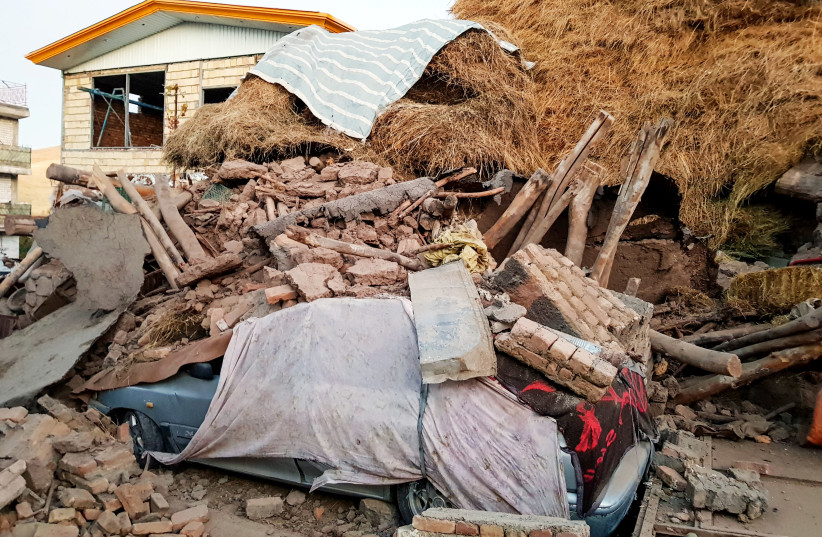An earthquake on Saturday in the West Azerbaijan Province in northern Iran has killed at least three people, injured more than 800 and raised concerns over homelessness during the cold winter months as a result of damage to buildings. The earthquake’s timing was unfortunate as it has been overshadowed by reports of an Israeli drone attack on Isfahan.
Iran has, nevertheless, sought to aid those who were affected, which is significant because it is an area with a large Azeri minority population.
Tensions rose between Azerbaijan and Iran after a gunman attacked the Azerbaijan Embassy in Tehran last week, so Iran will want to respond quickly.
The quake measured at 5.9 magnitude. The Middle East often is subject to such tremors. There are constant concerns about whether building quality and standards in many countries can withstand major quakes. Israel, for instance, is a center of earthquake activity.
Around 70 villages were damaged by Saturday’s quake. West Azerbaijan Province Governor Mohammad Sadegh Motamedian went to examine the damage, according to reports.

One correspondent at Fars News wrote poetically about the desolation in the region following a previous earthquake: “At the moment when the mother spread her colorful dinner table in the snowy days, and the smell of green curry wafted from the other side of the room [before the last earthquake].... Worst of all, being a journalist, all the memories of the bitter news about the last earthquake will come to your eyelids within a hundredth of a second.”
The journalist continued, “I keep scrolling the news: The earthquake with a magnitude of 5.9 occurred in the city of Khoy, which was felt in the cities of Tabriz and Urmia, and even in Iraq, Azerbaijan and Turkey; a few minutes later, [it became clear] fortunately, [that] no one died, but some citizens were injured... by the early hours. Unfortunately, the number of injured is increasing, with two dead and nearly several hundred injured by the end of the night. By the time the morning call to prayer came, three were confirmed dead.”
Iran wants to help
Iran’s regime cares deeply about aid during times like these, as it has faced protests in the past for not doing enough after buildings collapsed or regions flooded.
Members of the Islamic Revolutionary Guard Corps are often used to bolster local resources, which illustrates the strains on the regime. The number of injuries from Saturday is not insurmountable for local hospitals. However, many people are suffering as a result, and there are concerns there will be more earthquakes coming amid many other setbacks for the regime in Tehran.
